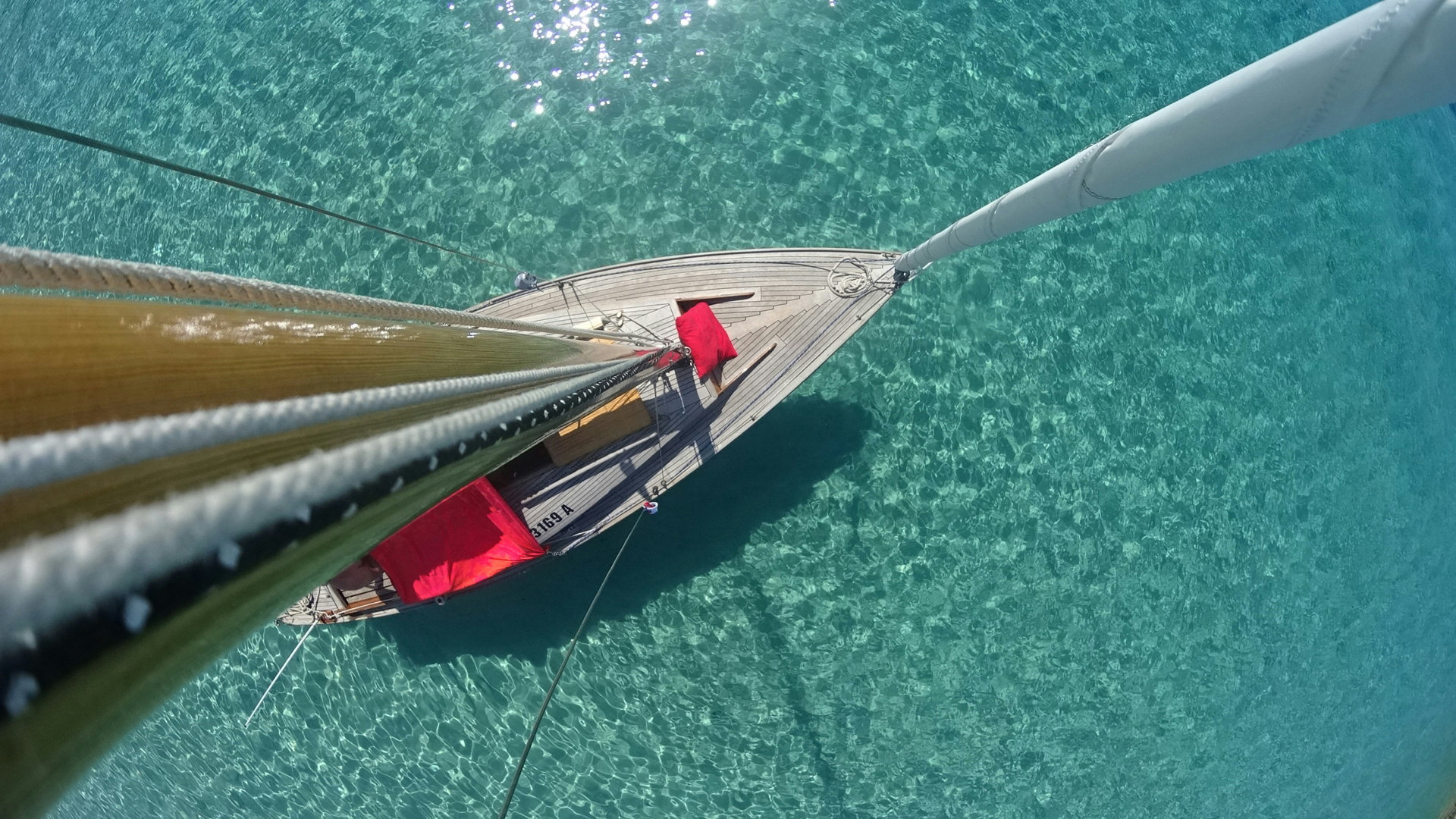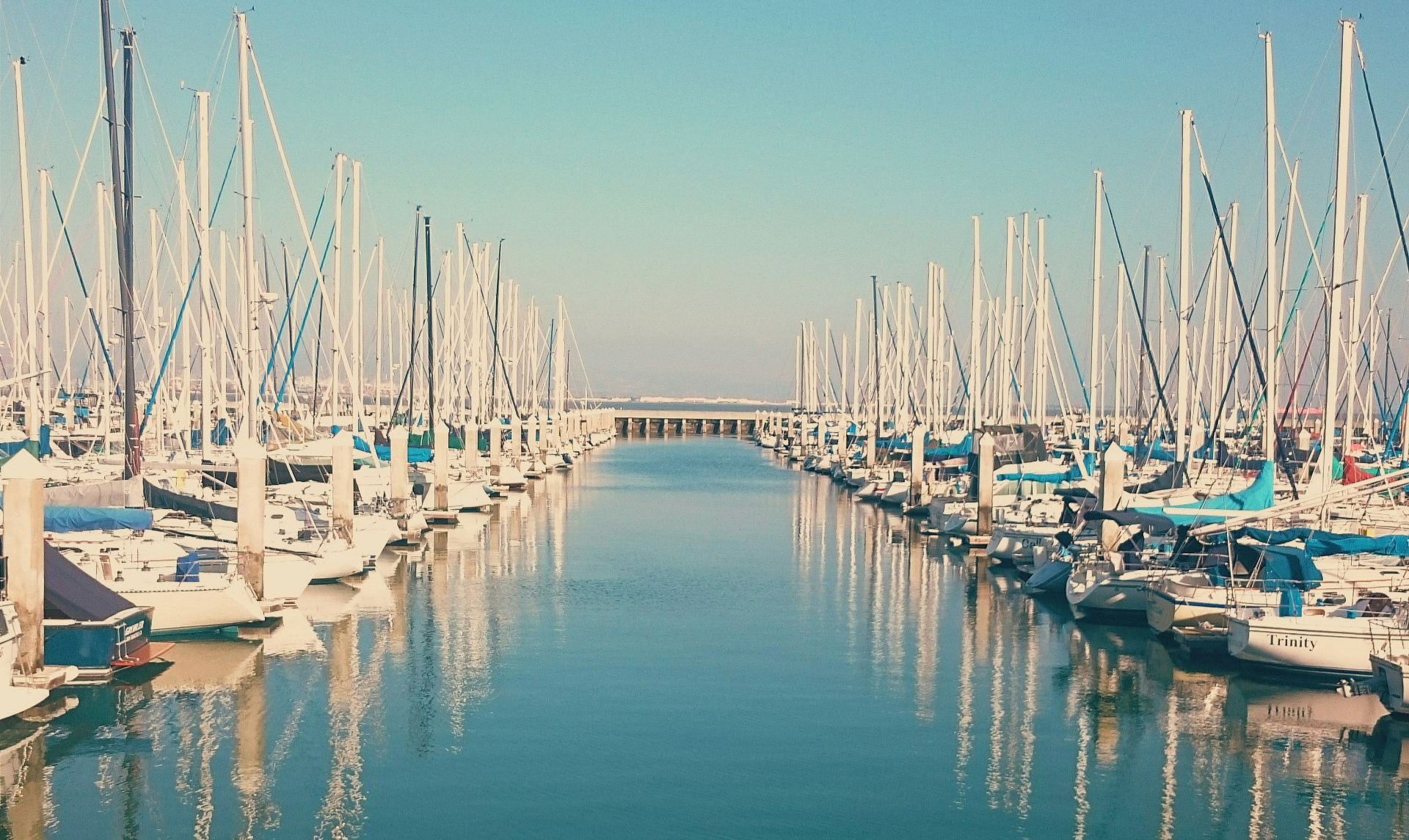What to Bring to Your Sailing Trip: Essential Items for a Smooth and Enjoyable Voyage

Embarking on a sailing trip is an exciting adventure that requires careful planning, especially when it comes to packing. Whether you're a seasoned sailor or setting out on your first voyage, knowing what to bring is crucial to ensure a comfortable and safe experience on the water. This comprehensive guide will explore the essential and valuable items you should pack for your sailing trip, including everything from clothing and footwear to medicines, chargers, and personal gadgets. By the end of this guide, you'll be fully prepared for your nautical adventure.
1. Essential Sailing Gear
Before we dive into the usual travel essentials, let's first focus on the items specifically necessary for sailing.
a. Sailing Gloves:
Sailing gloves are crucial for protecting your hands from rope burns and blisters while handling lines and sails. Choose a pair that provides a good grip and is made from durable, quick-drying material.
b. Non-Slip Footwear:
While flip-flops are perfect for lounging on deck, you'll also need non-slip, closed-toe shoes for moving around the yacht safely, especially when the deck is wet. Deck shoes or specialized sailing boots are ideal for this purpose.
c. Sun Protection Gear:
The sun's rays can be intense on the open water, so it's essential to bring proper sun protection. Pack a wide-brimmed hat, polarized sunglasses with a strap (so they don't fall overboard), and high-SPF sunscreen. A lightweight long-sleeve shirt can also provide additional protection from the sun.
d. Waterproof Jacket:
Weather conditions at sea can change rapidly. A waterproof, windproof jacket is essential to keep you dry and warm during unexpected rain showers or strong winds. Look for a breathable fabric to stay comfortable even when the weather improves.

e. Dry Bags:
Dry bags are indispensable for keeping your electronics, documents, and other valuables safe from water. They come in various sizes, so bring a few to store items like your phone, camera, wallet, and any other items that need protection from the elements.
f. Headlamp or Flashlight:
A headlamp or a compact, waterproof flashlight is vital for nighttime navigation or if you need to move around the yacht in the dark. A headlamp is especially useful as it leaves your hands free to handle tasks.
2. Clothing: What and How Much to Bring
Packing the right amount and type of clothing is essential for a comfortable sailing trip. Space on a yacht is often limited, so it's important to pack light while ensuring you have everything you need.
a. Lightweight, Breathable Fabrics:
Choose clothing made from lightweight, breathable materials that dry quickly. This is particularly important for shirts, shorts, and swimwear, as you'll likely be in and out of the water frequently.
b. Layering for Changing Conditions:
Layering is key to staying comfortable on a sailing trip. Bring a mix of short-sleeve and long-sleeve shirts, along with a couple of lightweight sweaters or fleece jackets. Evenings on the water can be cool, so having layers allows you to adjust to the temperature.
c. Swimwear:
Depending on your destination, you might spend a significant amount of time swimming, snorkeling, or simply lounging on deck. Bring at least two sets of swimwear so you always have a dry one available.

d. Quick-Dry Towels:
Quick-dry towels are a must-have for any sailing trip. They take up less space than regular towels and dry quickly, which is perfect for the humid conditions often found on yachts.
e. Comfortable Evening Wear:
While most of your time will be spent in casual, functional clothing, you might want to pack a nice outfit for dining at a marina restaurant or visiting a coastal town. A simple dress or a pair of smart casual pants and a shirt will suffice.
f. How Much to Pack:
A good rule of thumb is to pack enough clothing for half the days you'll be sailing, as you can often wash items on board or at marinas. For a one-week trip, this means bringing about three to four outfits, along with the additional layers and essentials mentioned above.
3. Footwear: More Than Just Flip-Flops
While flip-flops are a staple for any sailing trip, they're not the only footwear you'll need.
a. Flip-Flops or Sandals:
Perfect for lounging on deck or for quick trips to shore, flip-flops or sandals are a must. However, they're not suitable for all activities on the yacht.
b. Non-Slip Deck Shoes:
As mentioned earlier, non-slip deck shoes are essential for safety when moving around the yacht. They're designed to grip the deck even when it's wet, reducing the risk of slipping.
c. Water Shoes:
If you plan on swimming near rocky beaches or exploring coastal areas with sharp rocks or coral, water shoes are a good idea. They protect your feet from cuts and scrapes, both in and out of the water.
d. Casual Shoes:
For any shore excursions or evenings out, pack a pair of comfortable casual shoes or sandals that you can wear when exploring towns or dining at restaurants.

4. Health and Safety: Medicines and First Aid
Your health and safety should be a top priority on any sailing trip. Here’s what you should pack to stay healthy and prepared for any situation.
a. Prescription Medications:
If you take any prescription medications, make sure to bring enough to last the entire trip, plus a few extra days’ worth in case of delays. Keep them in their original packaging and carry a copy of the prescription with you.
b. Seasickness Remedies:
Even if you don’t typically get seasick, it’s wise to bring along some seasickness remedies, especially if it’s your first time sailing. Options include over-the-counter medications like Dramamine, seasickness bands, or ginger candies.
c. First Aid Kit:
A well-stocked first aid kit is essential for any sailing trip. It should include bandages, antiseptic wipes, pain relievers, motion sickness tablets, tweezers, and any other items you might need in case of minor injuries or illnesses.
d. Sunburn Relief:
Despite your best efforts to protect your skin, sunburns can happen. Pack some aloe vera gel or a soothing after-sun lotion to ease the discomfort.
e. Insect Repellent:
In some coastal areas, mosquitoes and other insects can be a nuisance, especially in the evening. Bring an insect repellent with DEET or another effective ingredient to keep bugs at bay.
5. Electronics and Gadgets: Staying Connected at Sea
Even when you're out on the open water, staying connected is often necessary, whether for navigation, communication, or simply capturing memories of your trip.
a. Phone and Camera Chargers:
Most yachts are equipped with 12V outlets (like those in cars) or standard 220V outlets, but the availability might be limited. Bring a charger for your phone and camera, and consider packing a portable power bank in case you need to charge your devices on the go.

b. Power Strips and Adapters:
Space for charging multiple devices can be limited, so a compact power strip with multiple outlets or USB ports can be a lifesaver. If you're traveling internationally, don't forget to bring the appropriate power adapters for your devices.
c. Waterproof Phone Case:
A waterproof phone case is a good investment to protect your phone from water damage. Many cases also allow you to use the phone’s touchscreen underwater, making it perfect for capturing underwater shots.
d. GPS and Navigation Tools:
While your yacht will likely have its navigation systems, having a backup GPS or a navigation app on your phone is always a good idea. It can also be helpful for planning your route or finding points of interest along the way.
e. Entertainment Devices:
Pack a tablet or e-reader loaded with books, movies, or music for downtime on board. While you’ll likely spend most of your time enjoying the scenery, it’s nice to have some entertainment options for quiet evenings or rainy days.
6. Food, Drinks, and Snacks: What to Stock Up On
While many yachts come equipped with a galley (kitchen), planning your meals and snacks in advance will make your trip more enjoyable.
a. Non-Perishable Snacks:
Pack a variety of non-perishable snacks like nuts, dried fruit, granola bars, and crackers. These are great for quick energy boosts when you’re on the move or if you’re feeling peckish between meals.
b. Fresh Produce and Groceries:
Before setting sail, stock up on fresh produce and groceries at a local market. Fruits, vegetables, bread, cheese, and cold cuts are easy to prepare and make for healthy, satisfying meals on board.

c. Hydration:
Staying hydrated is crucial, especially in the sun and wind. Bring plenty of bottled water or refillable water bottles with a good filtration system if you plan to refill from local sources. Also, consider bringing electrolyte tablets to mix with water for an added hydration boost.
d. Alcoholic Beverages:
If you enjoy a drink, bring your favorite wine, beer, or spirits. However, remember that sailing requires clear-headedness, so consume alcohol responsibly, particularly when you’re on the move or handling the boat.
e. Coffee and Tea:
If you’re a coffee or tea drinker, bring your preferred supplies, including ground coffee, tea bags, and a portable coffee maker or kettle. Many yachts have basic kitchen equipment, but it’s always good to have your essentials.
7. Personal Items and Extras
Finally, don’t forget to pack personal items and a few extras that can make your sailing trip even more enjoyable.
a. Personal Identification and Documentation:
Bring your passport, sailing license (if required), travel insurance documents, and any other relevant paperwork. Keep these in a waterproof pouch to protect them from getting wet.
b. Toiletries and Personal Care Items:
Pack travel-sized toiletries, including shampoo, conditioner, body wash, toothbrush, toothpaste, and deodorant. A biodegradable soap is a good option for washing up, as it’s more environmentally friendly.
c. Entertainment and Leisure Items:
In addition to your digital entertainment, bring a pack of cards, board games, or a journal. These can provide fun and relaxation during downtime or in the evenings.
d. Travel Pillow and Blanket:
A compact travel pillow and blanket can make your nights on board more comfortable, especially if the yacht’s bedding isn’t up to your usual standards.
e. Extra Storage:
Space on a yacht is limited, so pack foldable bags or packing cubes to help organize your items and maximize storage space.
Packing for a sailing trip requires a balance between bringing the essentials and keeping your luggage to a minimum. By focusing on multifunctional, compact items and planning for various weather conditions, you'll be well-prepared for an enjoyable and stress-free voyage. Remember that the key to a successful sailing trip lies in preparation, so take the time to gather everything you need before setting sail. With the right gear and a well-thought-out plan, your time on the water will be filled with adventure, relaxation, and unforgettable memories.



